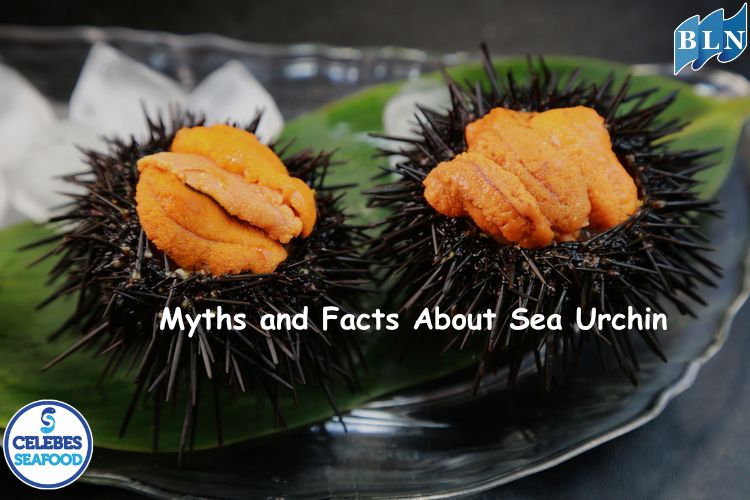4 Comparison Between Squid and Cuttlefish
By. Nevanda - 21 Jun 2023
lautnusantara.com - Squid and cuttlefish are both cephalopods and belong to the same class, Cephalopoda, but they have some notable differences. Here are a few key distinctions between squid and cuttlefish:
1. Body Shape and Size
Squid have elongated bodies with a streamlined shape. They typically have a cylindrical mantle, fins on the sides of their bodies, and a pair of long tentacles, along with eight arms. Squid species vary in size, but they generally range from a few centimeters to several meters long.
Cuttlefish have a more rounded body shape and a mantle that is broader and shorter compared to squid. They have a pair of long tentacles and eight arms, similar to squid. Cuttlefish are generally smaller than squid, with most species measuring around 15 to 25 centimeters, although some larger species can reach up to 50 centimeters.
Read also: Famous Singaporean Dish, Black Pepper Crab Recipe
2. Shell
Squid do not have an external shell. Instead, they have a soft, internal shell called a pen or gladius. The pen provides structural support to the squid's body.
Cuttlefish have an internal shell called a cuttlebone. The cuttlebone is unique to cuttlefish and serves as a buoyancy control organ. It is made of calcium carbonate and has a porous structure.
3. Fins and Movement
Squid have prominent fins along the sides of their bodies. These fins, along with their jet propulsion system, allow squid to move through the water quickly and with agility. Squid can swim forward by expelling water through a siphon and also maneuver by using their fins.
Cuttlefish have a pair of fin-like structures known as "wings" or "fins" located towards the rear of their bodies. They use these fins to hover, change direction, and propel themselves in a slow and graceful manner. Cuttlefish can also expel water to move but are generally not as fast as squid.
Read also: How To Make Dried Squid, With Easy Steps To Follow
4. Skin and Coloration
Squid have a smooth, streamlined body and can change their skin color and pattern rapidly for communication, camouflage, or mating displays. They have chromatophores, specialized pigment-containing cells, in their skin that allow them to change colors.
Cuttlefish have a unique skin texture with small, finger-like projections called papillae that can expand or contract. They can rapidly change the color, pattern, and even texture of their skin, using chromatophores and papillae. Cuttlefish are known for their remarkable camouflage abilities.
Read also: 5 Stages Of Crab’s Life Cycle








